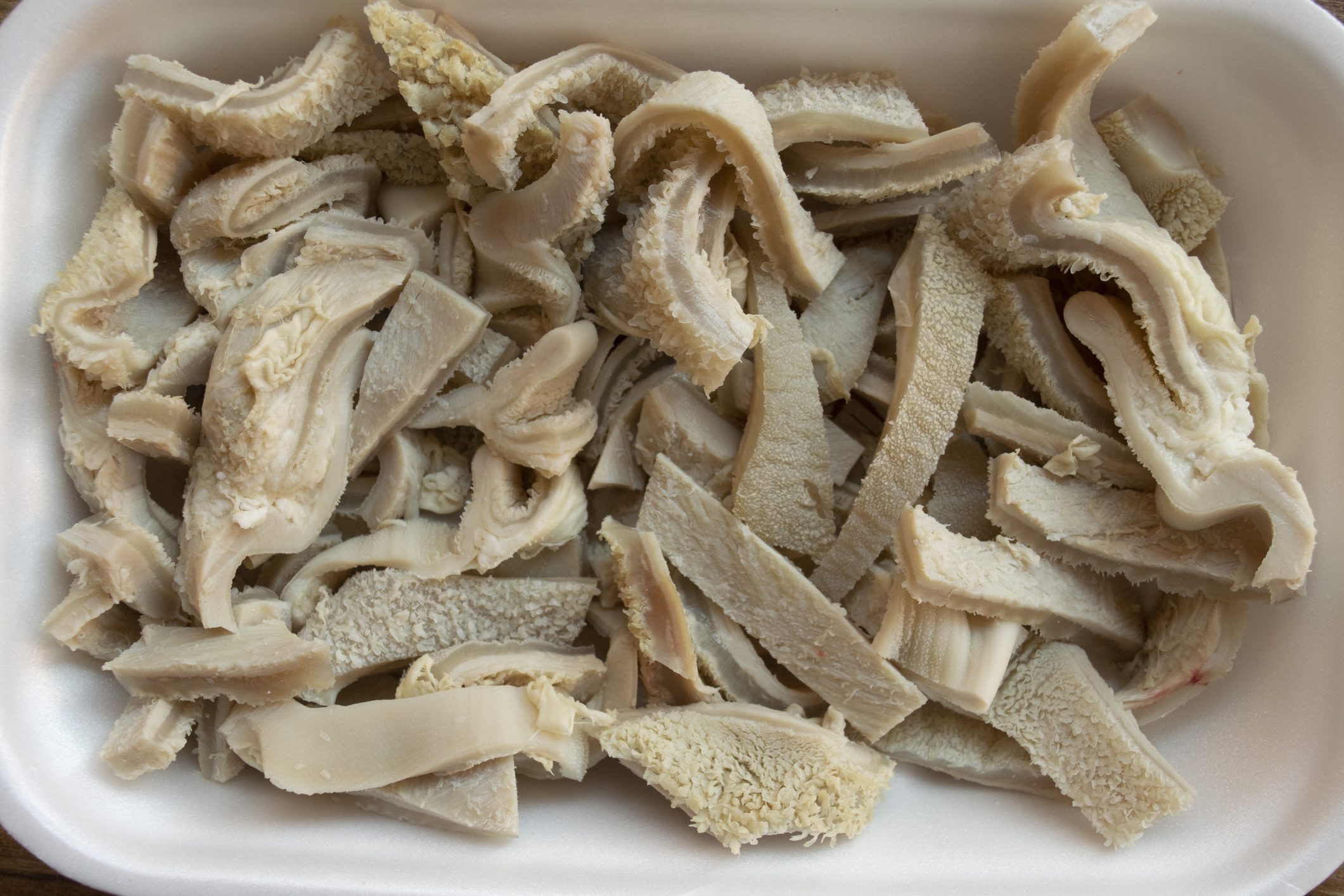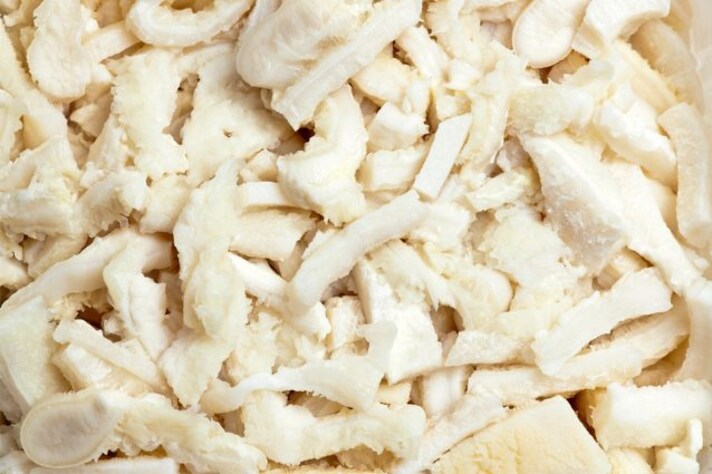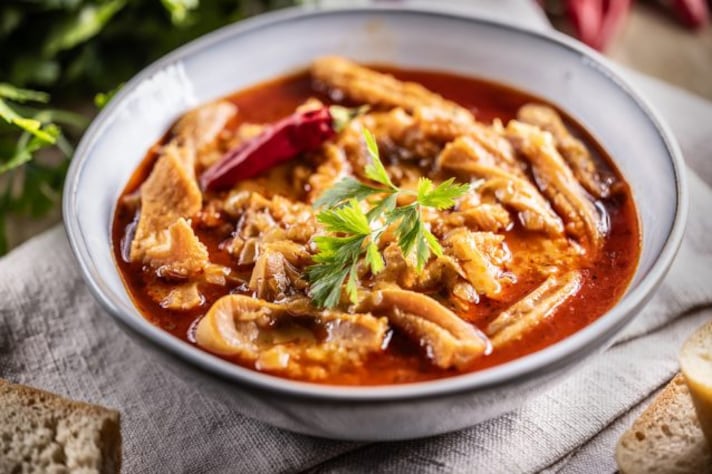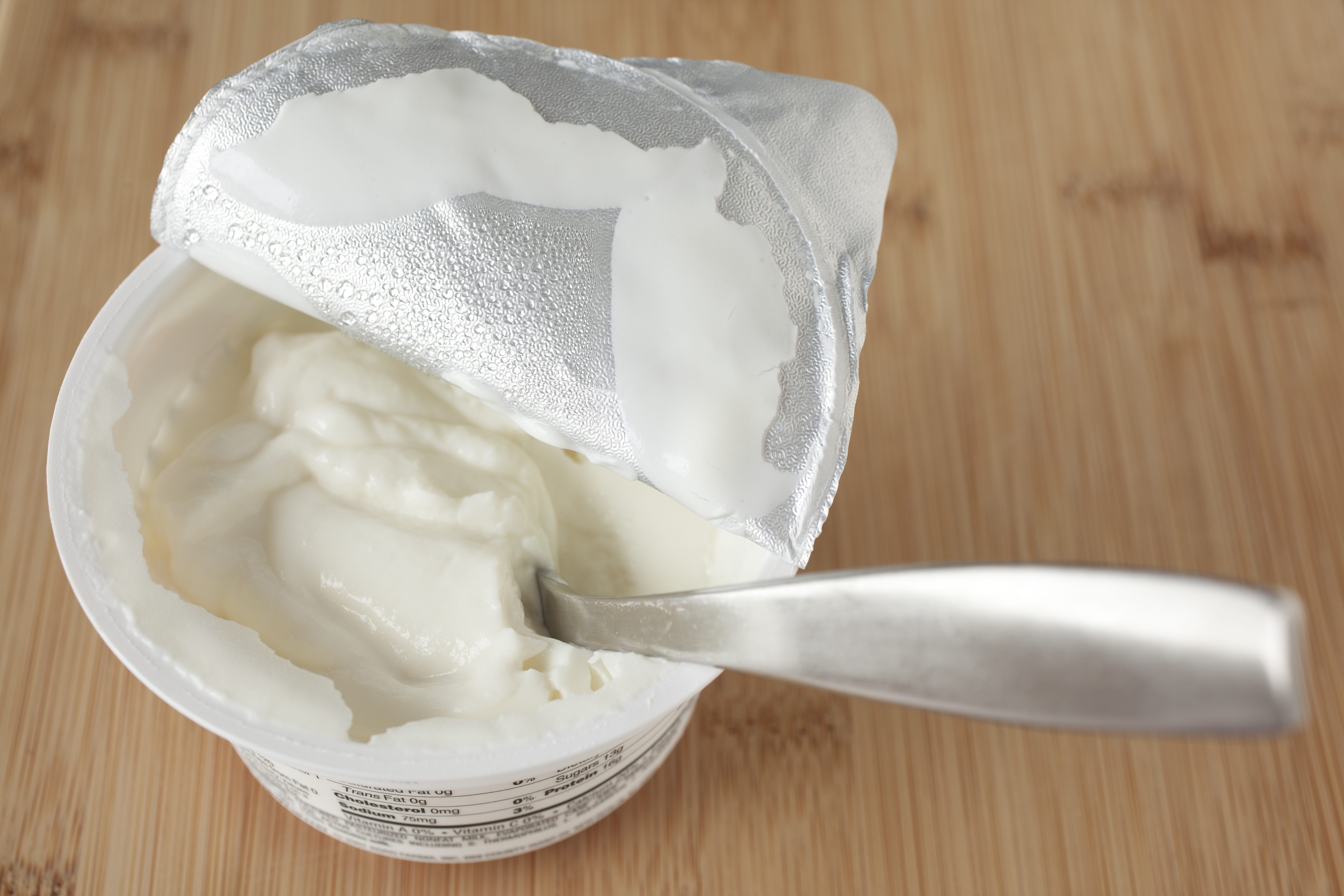What is Tripe and Is It Actually Good For You to Eat?
Tripe is the edible stomach lining of ruminant animals: while its chewy texture may be off-putting, it absorbs flavors beautifully, making it versatile in dishes like Italian Trippa alla Romana and Mexican Menudo. Is it good to eat? Absolutely— but only when prepared and cooked right!
;Resize,width=742;)
Most Americans shy away from the idea of eating tripe, but there's an entire world of gastronomy revolving around what Italians call quinto quarto—the fifth quarter—essentially, the often discarded parts of animals, particularly organs and offal. One of the most famous and cherished components of this "fifth quarter" is, undoubtedly, tripe. While it might seem a bit outside the comfort zone for some, this ingredient is the star of many iconic dishes worldwide, proving that one person's waste is another's culinary treasure.
What Exactly Is Tripe?
Tripe is the edible lining of a ruminant’s stomach, commonly sourced from cows (the most popular), but it can also come from sheep or goats. It’s not exactly the kind of thing you can cook right after getting it from the butcher. Tripe requires a fair amount of cleaning to rid it of its, let’s say, earthy aromas and appearance. Once thoroughly scrubbed, it's usually blanched or boiled to make it soft and suitable for cooking. This process transforms it from something that might make you wince into an ingredient that’s primed for a range of dishes, often becoming tender and ready to soak up flavors.

What Does Tripe Taste Like?
So, what does tripe actually taste like? Well, think of it as having a chewy texture similar to calamari or cooked mushrooms—just a tad firmer. Tripe doesn’t have a strong flavor of its own; instead, it’s a fantastic blank canvas that takes on the flavors of the broth, spices, and seasonings it’s cooked with. When done right, it’s tender yet bouncy, with a subtly meaty taste. For those familiar with the texture of chicken gizzards or even tofu skins, tripe falls somewhere between the two, offering a soft but toothsome bite that’s uniquely satisfying.
Types of Tripe
There are different types of tripe, and not all are created equal. The most common is blanket tripe, which comes from the first stomach chamber and is smooth and flat. But then there's the star of the show: honeycomb tripe, which comes from the second chamber. Named for its distinctive hexagonal pattern, honeycomb tripe is considered superior because it’s softer and more porous, allowing it to absorb flavors better. If you’ve ever had a bowl of Vietnamese Phở or spicy Mexican Menudo, you’ve likely enjoyed the charms of honeycomb tripe without even realizing it.

What's Tripe Used for In the Kitchen?
Tripe may seem foreign to American kitchens, but it’s celebrated across the globe. In Italy, there’s Trippa alla Romana, a Roman classic where tripe is simmered in a rich tomato sauce with pecorino cheese and mint. Mexico boasts Menudo, a spicy, hearty soup believed to be a cure-all for hangovers. In France, it’s all about Tripes à la Mode de Caen, a dish where tripe is slowly braised with cider and Calvados, giving it a rustic depth of flavor. And don’t forget China, where dim sum menus often feature tripe with ginger and scallions, offering a delicate, savory crunch that pairs perfectly with dipping sauces. Wherever you go, tripe finds its way into beloved dishes, each culture turning it into a comfort food staple.
;Resize,width=767;)
;Resize,width=712;)
;Resize,width=712;)
;Resize,width=712;)
